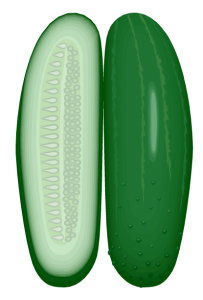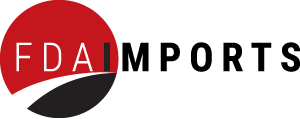 Benjamin L. England, former FDA Regulatory Counsel and CEO of FDAImports.com, commented on the recent E. coli outbreak in Germany. The E. coli outbreak attributed to Spanish cucumbers bears the comment that any grower or packer of fresh fruits and vegetables shipping to the U.S.A. with the misfortune of experiencing a similar contamination should expect to receive at least as harsh a response from the U.S. Food and Drug Administration as Spanish cucumber suppliers are experiencing in Germany, Sweden, Denmark, Britain and other European countries, and in Russia.
Benjamin L. England, former FDA Regulatory Counsel and CEO of FDAImports.com, commented on the recent E. coli outbreak in Germany. The E. coli outbreak attributed to Spanish cucumbers bears the comment that any grower or packer of fresh fruits and vegetables shipping to the U.S.A. with the misfortune of experiencing a similar contamination should expect to receive at least as harsh a response from the U.S. Food and Drug Administration as Spanish cucumber suppliers are experiencing in Germany, Sweden, Denmark, Britain and other European countries, and in Russia.
E. coli is a sanitation bacteria, which is ordinarily introduced in one of two major ways into the food supply chain: either (1) at the produce source, due to inadequate controls at the farm related for instance to lack of control of waste or runoff water or accessibility to the fields by animals (whether domesticated, such as cows or sheep or wild animals) or (2) by cross contamination from humans due to a lack of adequate controls in a packing facility.
We do not yet have enough information in the current E. coli cucumber scenario to determine the source of this contamination. But that fact alone illustrates the importance of one of the primary steps a company implicated in a food borne outbreak should undertake: isolate and identify the source of the contamination. If the implicated company cannot isolate the source, it will be very difficult to demonstrate that the food safety breach has been or can be contained. In addition, it is difficult to minimize the scope of food safety recalls if the implicated company cannot show why one or two lots are contaminated but 4 or 10 other lots are not.
Importers and Exporters should take note that, on the one hand, safety controls for imported food products tend to be evaluated with less frequency and therefore, more products are imported with less oversight by agencies such as the FDA and the various food inspection agencies in EU countries. On the other hand if an outbreak occurs, the frequency of imported food inspections and regulatory evaluation increases from “less frequent” to “almost every shipment.” Rarely can a food supply chain tolerate such a high level of inspection scrutiny. In the United States, FDA often issues an Import Alert for implicated produce, which acts as a virtual ban of implicated produce from the country identified as the contamination source – irrespective of whether only one or a few suppliers are actually identified in the product trace backs.
– Benjamin L. England, Founder

